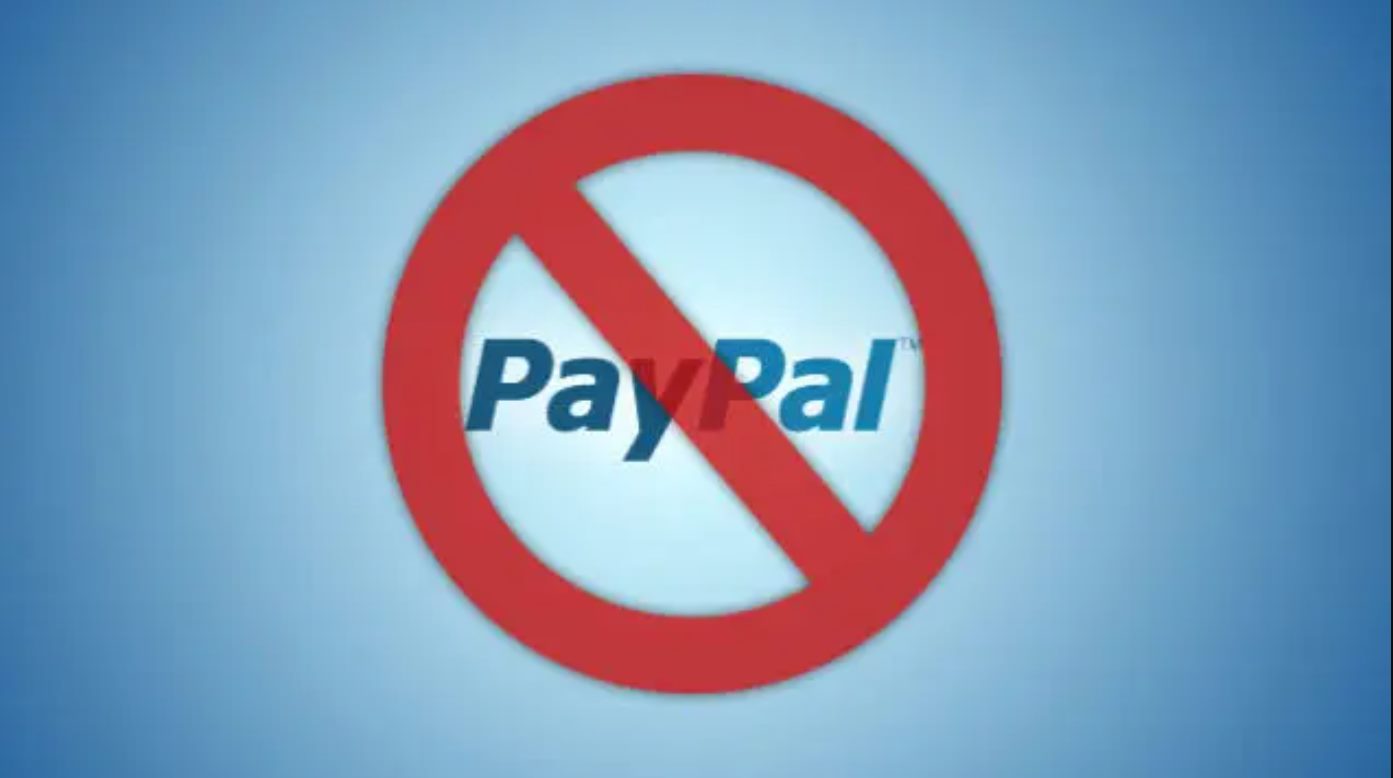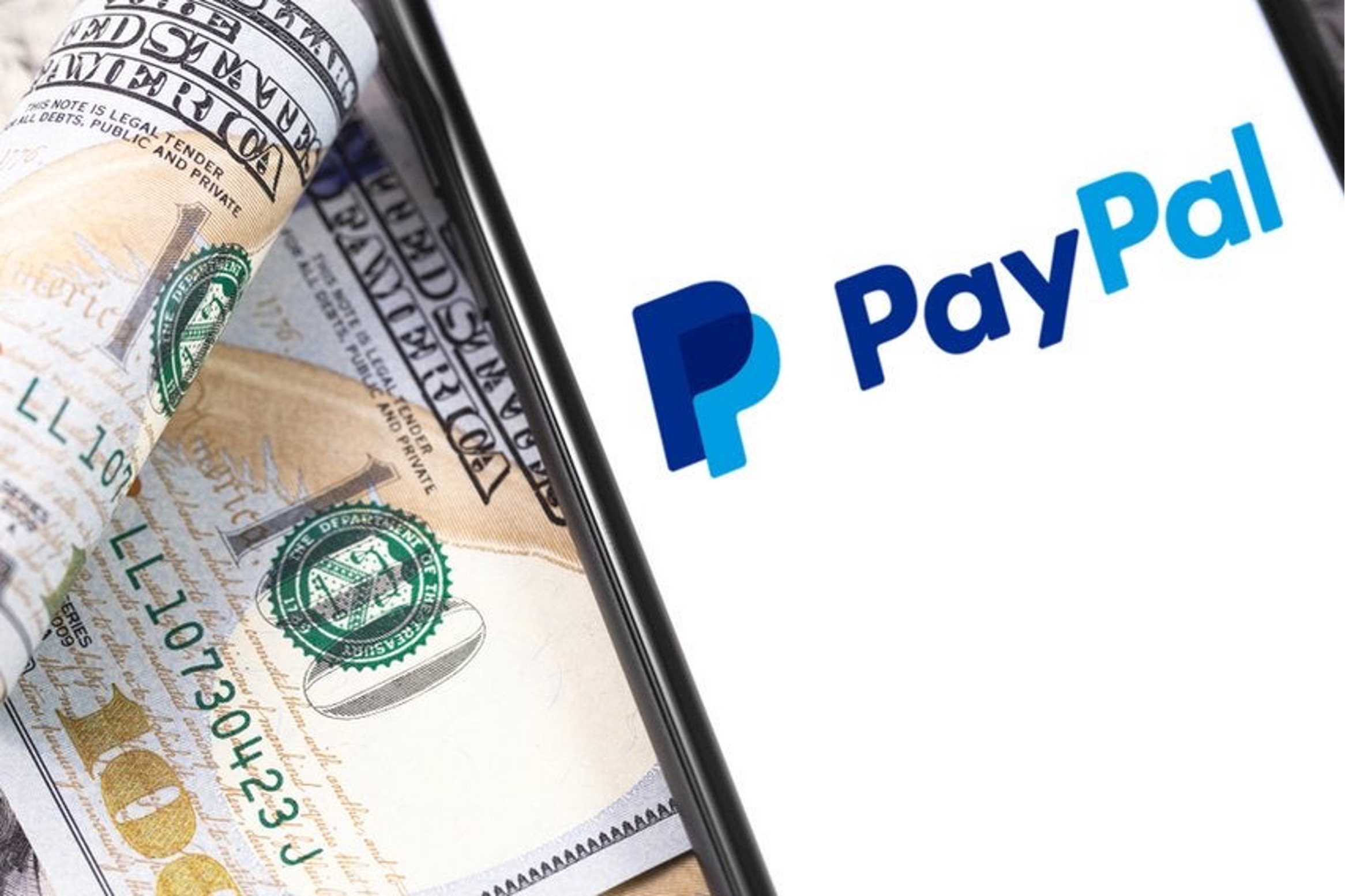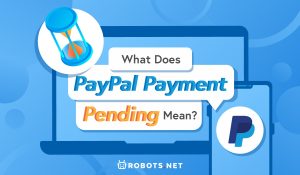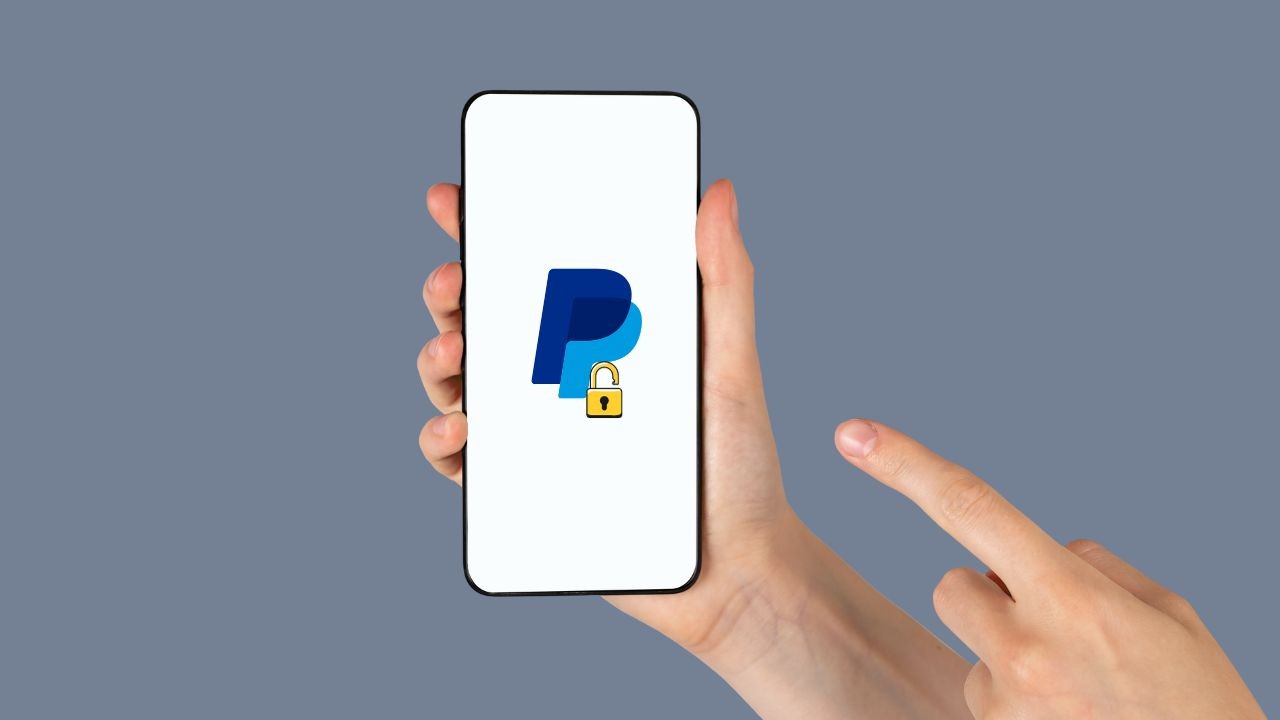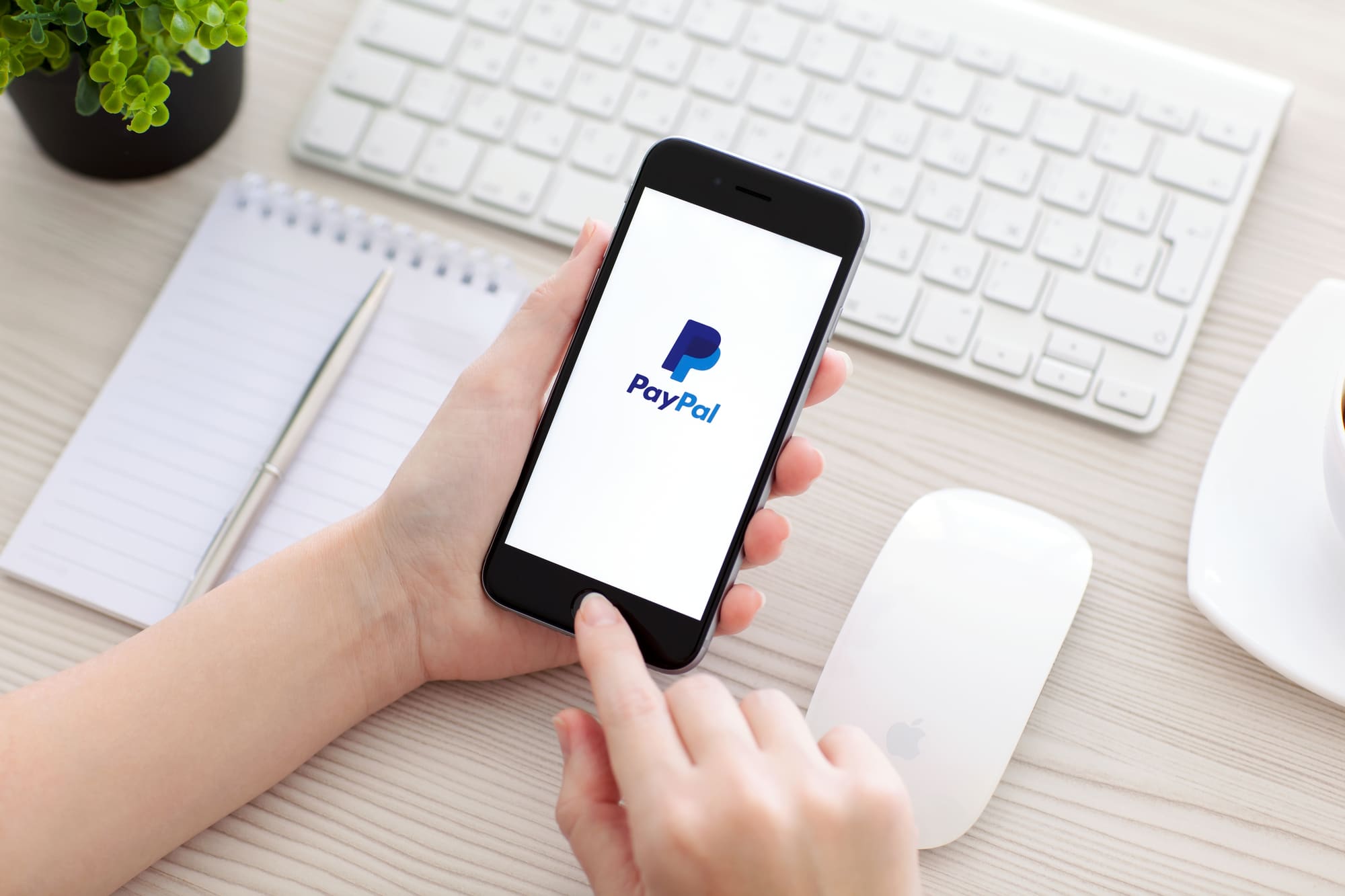Introduction
PayPal, a widely popular online payment platform, has revolutionized the way we do transactions online. With its ease of use and widespread acceptance, PayPal has become a top choice for countless consumers and businesses alike. However, despite its popularity, there are several reasons why PayPal may not be the best option for everyone.
In this article, we will explore some of the drawbacks and limitations of using PayPal. From its lack of seller protection to its high fees and limited customer support, we will provide an in-depth analysis of the various issues that users may encounter when using this platform.
It is important to note that while PayPal has its advantages, it is crucial to have a clear understanding of its limitations to make informed decisions about using the platform for your online transactions.
So let’s dive into the criticisms and concerns surrounding PayPal to better understand why some people may consider it a less-than-ideal option.
Lack of Seller Protection
One of the major drawbacks of using PayPal is the lack of adequate seller protection. While PayPal offers a buyer protection policy, which ensures that buyers can receive refunds for purchases that don’t meet their expectations, the same level of security is not extended to sellers.
As a seller, you may find yourself vulnerable to fraudulent claims and chargebacks. There have been numerous reports of buyers exploiting the system by falsely claiming that they did not receive the item or that it was significantly different than described. In such cases, PayPal tends to favor the buyer, often leaving the seller without any recourse.
Furthermore, PayPal’s seller protection policies only cover specific types of transactions and items. Items such as digital goods or services are often excluded, leaving sellers in those categories even more exposed to potential losses.
This lack of seller protection can be a significant deterrent for individuals and businesses that rely on online selling platforms. Without the assurance that they will be protected from fraudulent claims, many sellers may opt for alternative payment methods that offer better security for their business.
It is important for sellers to thoroughly understand PayPal’s seller protection policies and evaluate whether it provides adequate protection for the type of products or services they offer. Taking extra precautions such as providing detailed descriptions, delivery confirmation, and tracking numbers can help mitigate some of the risks associated with using PayPal as a seller.
High Fees
Another drawback of using PayPal is the high fees associated with the platform. While PayPal offers a convenient way to receive and send payments, these benefits come at a cost.
For every transaction made through PayPal, there is a fee imposed on the recipient of the funds. The fee structure varies depending on the country and transaction type, but it typically ranges from 2.9% to 4.4% of the transaction amount, plus an additional fixed fee per transaction.
These fees can quickly add up, especially for businesses that process a high volume of transactions or deal with larger ticket items. For small businesses and individuals looking to maximize their profits, the high fees imposed by PayPal can significantly impact their bottom line.
In addition to transaction fees, PayPal also charges fees for currency conversion, withdrawals, and chargebacks. These additional fees can further eat into the funds received, making PayPal a less cost-effective option compared to other payment processors.
It is important for users to consider the fees associated with PayPal when deciding whether to use the platform for their transactions. Evaluating alternative payment options, such as direct bank transfers or other online payment processors, can potentially save users a significant amount of money in fees.
While PayPal does offer convenience and wide acceptance, users must weigh the benefits against the costs to determine if the fees imposed by the platform are worth it for their specific needs and circumstances.
Limited Customer Support
One of the frustrations that users may encounter when using PayPal is the limited availability of customer support. While PayPal does offer assistance to its users, the level of support provided is often criticized for being slow and unresponsive.
When users encounter issues or have questions about their PayPal accounts, reaching out to customer support can be a lengthy and arduous process. Users report long wait times for phone and email support, and the lack of a dedicated live chat option can further hinder the ability to get timely assistance.
Furthermore, the quality of customer support is often inconsistent. Some users have reported receiving helpful and efficient assistance, while others have expressed frustration with unhelpful responses or being redirected to self-service resources without a resolution to their specific issue.
This limited customer support can be particularly problematic for businesses that rely on PayPal for their daily operations. Delayed responses or unresolved issues can result in disruptions to business transactions and customer dissatisfaction.
It is important for users to be aware of this limitation and to explore alternative payment platforms if access to reliable customer support is a top priority.
As PayPal continues to grow and evolve, it is essential for them to address the concerns regarding customer support and streamline their processes to ensure a better user experience for their customers.
Poor Reputation for Freezing Accounts
One of the most significant concerns surrounding PayPal is its reputation for freezing user accounts without warning or proper justification. This practice has been a source of frustration and anxiety for many users, especially small businesses and sellers.
Reports of PayPal freezing accounts have surfaced over the years, with users experiencing sudden holds on their funds and limited access to their accounts. These freezes can last for extended periods, causing significant financial hardships and disruptions to business operations.
While PayPal states that these measures are taken to prevent fraudulent activity and protect users, the lack of transparency and the seemingly arbitrary nature of these freezes have attracted criticism. Users often find it difficult to obtain clear explanations or resolve the issue promptly, leaving them in a state of uncertainty and frustration.
Moreover, the impact of a frozen account reaches beyond the individual or business directly affected. Third-party sellers and partners who rely on PayPal for transactions can also be negatively affected by the sudden halt in payments.
This poor reputation for freezing accounts has led many users to seek alternative payment methods that offer more stability and reliability. Having funds frozen without warning can result in financial hardships and damage trust in the platform as a whole.
While PayPal has implemented certain measures to address these concerns, such as introducing a “Reserve” feature and improving its fraud detection algorithms, the issue of account freezes still remains a significant drawback for many users.
It is crucial for users, especially those who heavily rely on PayPal for their businesses, to carefully weigh the potential risks and rewards before fully committing to the platform.
Expensive Currency Conversions
Another drawback of using PayPal is the high costs associated with currency conversions. If you regularly deal with international transactions or have to convert funds from one currency to another, PayPal’s currency conversion fees can significantly impact your overall costs.
When you receive a payment in a currency different from your primary currency, PayPal applies a conversion rate to convert the funds into your desired currency. However, this conversion rate is often marked up compared to the mid-market exchange rate, resulting in a higher cost for the user.
Not only does PayPal charge a conversion fee, but they also add a margin on top of the exchange rate. This additional margin can lead to hidden charges that may not be immediately apparent to the user.
For individuals and businesses that frequently engage in cross-border transactions, these costs can quickly add up. The inflated currency conversion fees can eat into profits and make PayPal a less cost-effective option compared to alternative payment processors or currency exchange platforms.
It is essential to compare the currency conversion rates and fees offered by PayPal with other options available in the market. Exploring alternatives such as dedicated currency exchange platforms or using a multi-currency account with lower conversion fees can potentially save users a significant amount in transaction costs.
Understanding the implications of PayPal’s currency conversion fees is crucial for users who frequently deal with different currencies. By considering the overall costs associated with currency conversions, users can make informed decisions to minimize expenses and optimize their international transactions.
Security Concerns
While PayPal is generally considered a secure online payment platform, there have been lingering concerns regarding its security practices. Users entrust PayPal with their sensitive financial information, making it essential for the platform to prioritize the protection of user data.
Despite its efforts to maintain strong security measures, PayPal has been a target for phishing attacks and fraudulent activities. Phishing emails disguised as PayPal notifications attempt to trick users into divulging their login credentials or financial information. These fraudulent attempts can put users’ accounts at risk and potentially lead to unauthorized access and fraudulent transactions.
Additionally, there have been occasional instances of security breaches at PayPal, where cybercriminals have gained unauthorized access to user data. Although PayPal has taken steps to enhance security measures and protect user information, such incidents raise concerns about the overall security of the platform.
Another aspect of security concerns is the risk of account hacking. While PayPal offers various security features such as two-factor authentication and transaction notifications, instances of compromised accounts have been reported. This not only puts sensitive information at risk but also potentially leads to unauthorized transactions and financial losses.
It is important for PayPal users to exercise caution and follow best practices to mitigate the risk of security breaches. This includes regularly updating passwords, being vigilant about suspicious emails or links, and regularly monitoring account activity.
Furthermore, users should ensure that they have proper antivirus and malware protection on their devices, as these can help detect and prevent any potential security threats.
Considering the security concerns and potential risks associated with using PayPal, individuals and businesses should evaluate whether the platform’s security measures align with their risk tolerance. Exploring alternative payment options that prioritize security may be a viable solution for those who prioritize robust security protocols.
Slow Withdrawal Process
Another drawback of using PayPal is the slow withdrawal process, which can be a frustration for many users. When you have funds in your PayPal account that you need to withdraw and transfer to your bank account, the process can often be time-consuming and lengthy.
Typically, the withdrawal process involves initiating a transfer from your PayPal account to your linked bank account. However, the processing time for these transfers can vary, often taking several business days to complete. This delay can be inconvenient, especially when you need immediate access to your funds for personal or business purposes.
The slow withdrawal process can pose challenges for individuals and businesses with cash flow needs. If you rely on prompt access to your funds, delays in receiving withdrawals from PayPal can hinder your financial operations and cause unnecessary stress.
Additionally, the withdrawal process may be further delayed if PayPal places a hold on your funds as part of their fraud prevention measures. While these security measures are in place to protect users, they can also result in longer processing times for withdrawals.
It is important for users to plan ahead and consider the potential time delay when withdrawing funds from their PayPal accounts. If you require faster access to your funds, exploring alternative payment processors or platforms that offer quicker withdrawal options may be worth considering.
PayPal has made efforts to improve its withdrawal process by introducing faster transfer options, such as the ability to transfer funds instantly to eligible debit cards. However, these options may come with additional fees or limitations that users should be aware of.
As a user of PayPal, it is essential to understand the withdrawal process and its potential limitations to determine if it aligns with your financial needs and expectations.
Limited Payment Options
One of the limitations of using PayPal is the relatively limited payment options available on the platform. While PayPal is widely accepted by numerous online retailers and service providers, there are instances where alternative payment methods may be preferred or required.
Firstly, not all merchants and websites accept PayPal as a form of payment. This can be an inconvenience if you prefer to use PayPal for all your online purchases. It may require you to provide your credit card information directly to the vendor or use a different payment method altogether.
Furthermore, PayPal’s acceptance in physical stores is limited compared to credit and debit cards. While PayPal has introduced features such as QR code payments and partnerships with certain retailers, its availability for in-person transactions is not as widespread as traditional payment methods.
Another limitation is the lack of support for certain industries or high-risk businesses. PayPal has strict policies that prohibit or restrict transactions related to specific industries, such as adult content, gambling, or certain types of digital goods. This can pose limitations for individuals and businesses operating in these industries.
In addition to the limited acceptance and industry restrictions, PayPal also has limitations on transactions involving certain countries. There are countries where PayPal either has limited functionality or is completely unavailable, which can be a hindrance for individuals or businesses located in those regions.
While PayPal provides a convenient and widely accepted payment option for many users, it is essential to consider whether its limitations align with your specific needs and preferences. Depending on your circumstances, you may find it necessary to explore alternative payment methods that offer broader acceptance or cater to specific industries.
As technology continues to evolve, it is crucial for PayPal to adapt and expand its payment options to provide more flexibility and cater to a wider range of user needs.
Conclusion
While PayPal is a widely recognized and widely used online payment platform, it is important to consider its drawbacks and limitations along with its benefits. From the lack of seller protection and high fees to the limited customer support and reputation for freezing accounts, there are legitimate concerns that users should take into account.
Additionally, the expensive currency conversions, security concerns, slow withdrawal process, and limited payment options are factors that can impact the overall user experience and convenience of using PayPal.
However, it is essential to note that PayPal does offer certain advantages, such as its widespread acceptance, convenience, and ease of use. Many individuals and businesses continue to rely on PayPal for their online transactions due to its familiarity and broad user base.
Ultimately, the decision to use PayPal or explore alternative payment options depends on your specific needs, circumstances, and tolerance for the limitations discussed in this article. It is crucial to weigh the benefits against the drawbacks and consider whether PayPal aligns with your expectations and requirements.
As technology continues to advance, the online payment landscape is continually evolving, and new platforms and alternatives may emerge that address the limitations of PayPal. Staying informed about the latest developments in the payment industry can help you make informed decisions and choose the best payment method for your personal or business needs.
Regardless of the payment method you choose, it is always recommended to practice good security measures, monitor your transactions regularly, and stay vigilant against potential risks or threats in the online payment space.







